Lam Kinh space in the summer still retains a strange tranquility. Sunlight passes through the canopy of ancient trees, spreading gold on mossy rocks.
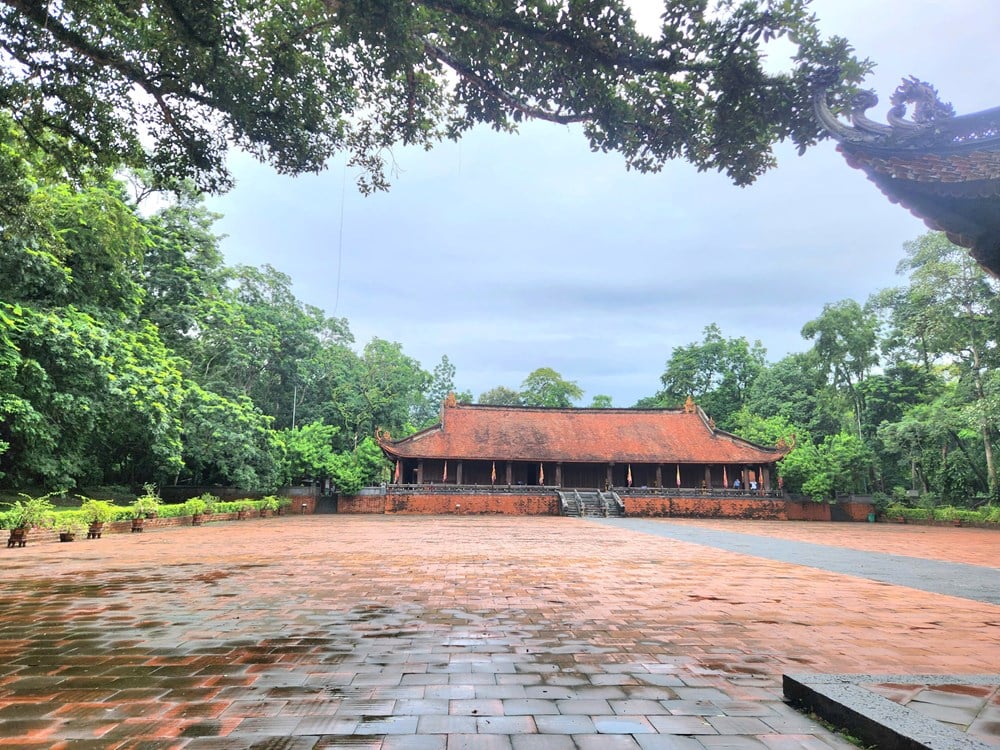
Each quiet step through the Ngo Mon gate, the dragon yard, leading to the main hall and the temple, seems to bring people back to the sacred memory, where the Le So dynasty once appeared in a brilliant halo, the longest reigning dynasty in the feudal history of Vietnam.
From sacred forest to millennial destination
Lam Kinh National Historical Site is where Hero Le Loi raised the flag of uprising against the invading Ming army. After the victory, in 1428, Le Loi took the reign name Le Thai To, and named the country Dai Viet. The king established the capital in Thang Long ( Hanoi ) and built a citadel called Lam Kinh in his hometown Lam Son.
This place is also called Tay Kinh (to distinguish it from Dong Kinh - Hanoi) with many large-scale temples and mausoleums to worship ancestors, the resting place of kings. In 1962, this place was recognized as a National Historical Relic.
In 2012, Lam Kinh relic continued to be recognized as a special national relic. Thereby, affirming the important values of the relic not only in terms of history and landscape but also in terms of contemporary architecture and art. That is the clearest and most concrete expression of the cultural tradition and civilization of Dai Viet in the 15th century.
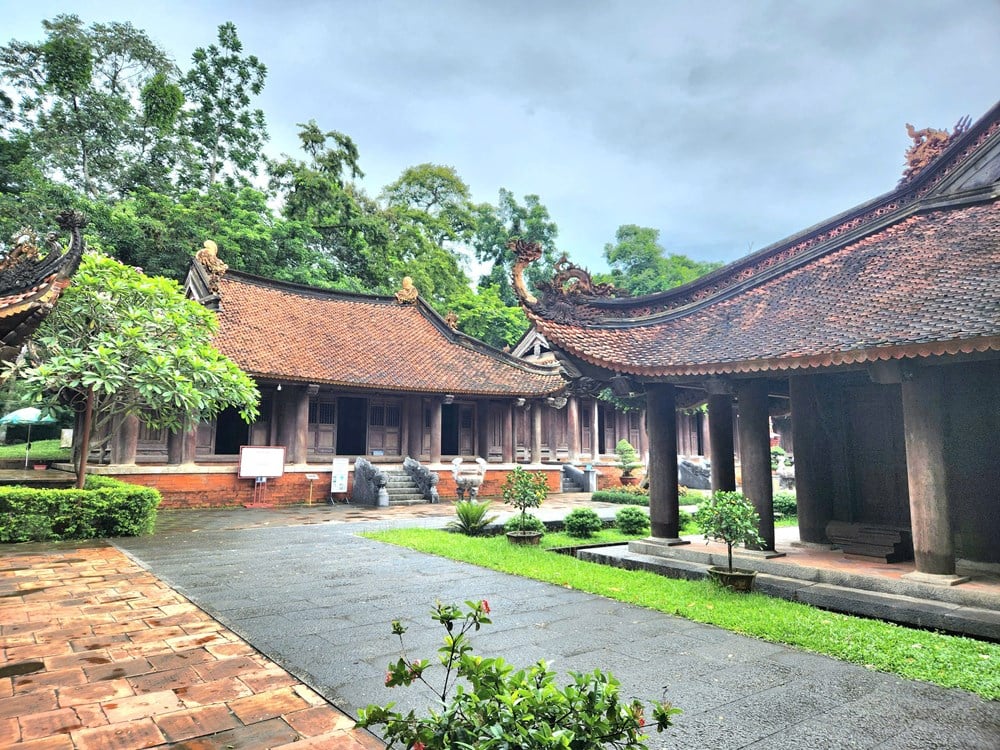
This place is not just a mausoleum or a temple. Lam Kinh is a place of spiritual energy, a symbol of the aspiration for national independence, of the intelligence and bravery of the people who “raised troops from Lam Son land, washed away the country’s shame, and saved the people from misery.”
For the people of Thanh Hoa, Lam Kinh is not simply a historical relic, but a source of pride, a bond of blood and flesh that has been there for generations. Over hundreds of years with many historical changes, the relic site has been preserved, restored and increasingly becomes an indispensable destination in the journey to find the roots of domestic and foreign tourists.
Every year, Lam Kinh welcomes hundreds of thousands of visitors to visit and worship. Every step is a reminder of the nation-building achievements of our ancestors, every stick of incense is a tribute to the heroes who sacrificed themselves for the country.
But preserving Lam Kinh is not just about preserving a piece of land or a building. It is a journey to preserve memories, maintain cultural essence, respect historical values and awaken community awareness. And that journey has never been easy.
The silent keepers of the fire
“Preserving Lam Kinh today is thanks to the sweat, dedication and tears of many generations.”, Mr. Ho Ha Hai, Head of Lam Kinh Relic Management Board, began the story with us with a gentle smile, but his eyes were filled with concern.
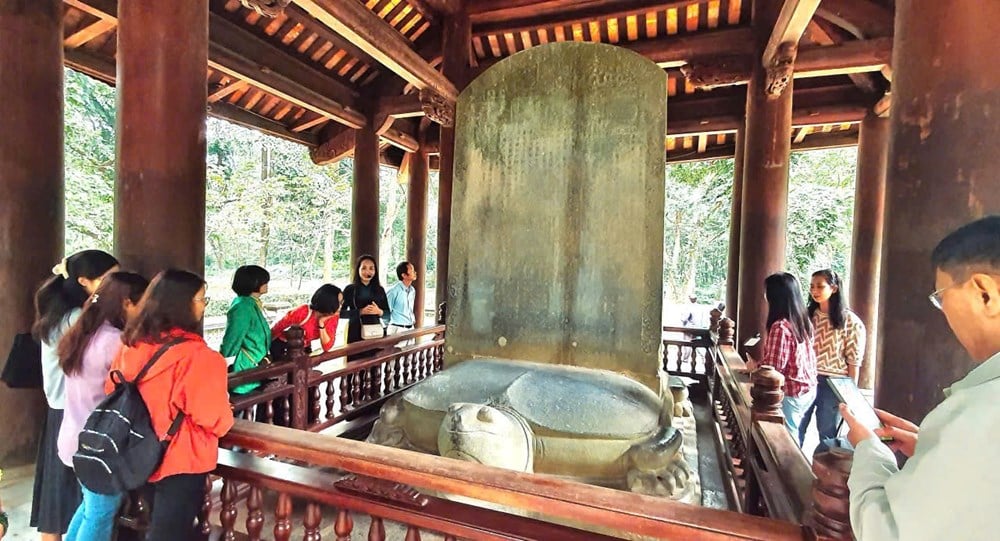
Not only are they managers, he and his colleagues almost live with the relic. They do not manage the relic by documents or procedures, but by heart, by understanding and respect for every inch of land, every artifact, every mossy stone wall.
Over the years, the Management Board has promoted the community's responsibility to protect relics; improved the conservation capacity of cadres, civil servants and workers; invested in modern fire prevention and fighting systems; installed hundreds of cameras in key areas to monitor security and protect relics from human impacts.
They designed wooden fences, erected signs, and arranged staff on duty 24/7 to promptly detect and handle any unusual signs. “We not only manage, but also tell stories, inspire, and awaken memories so that Lam Kinh will never be something that stands still in the museum,” Mr. Hai said.
Heritage talks, cultural experiences and memorial festivals not only attract local people but also inspire pride in the young generation who will continue the mission of preserving and spreading the values of the ancient dynasty.
Not only the Management Board, the work of preserving Lam Kinh is also a combined effort from all levels of government to each citizen. Local Party committees and authorities regularly coordinate with functional agencies to inspect, evaluate, demarcate protection zones, set up monument boundaries, and establish appropriate restoration and rehabilitation projects.
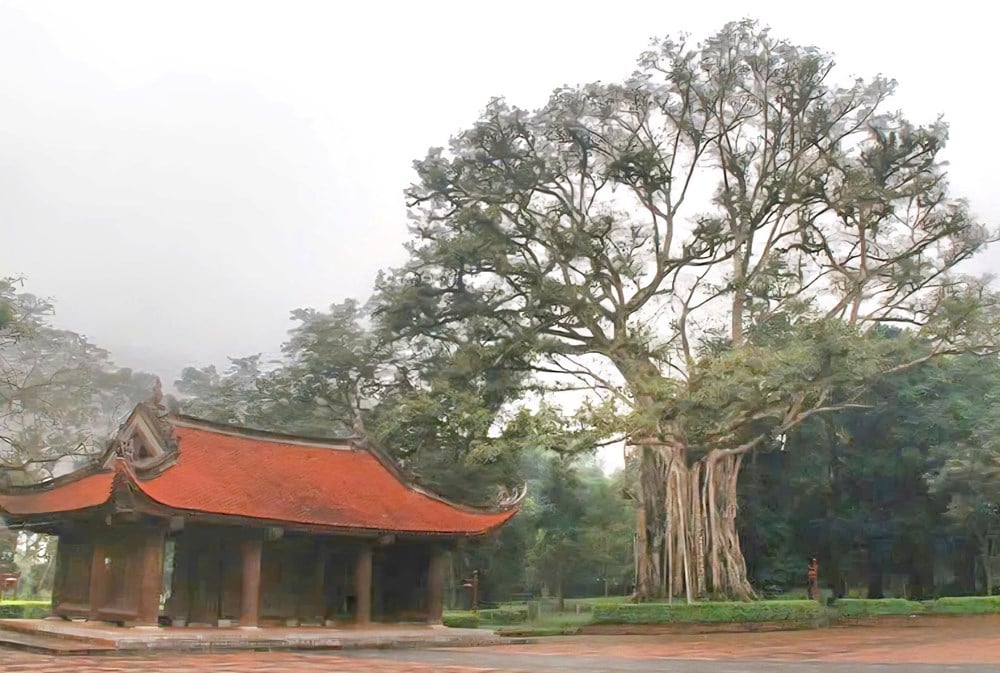
Many festivals here are organized in a civilized and economical manner, preserving the original identity but still suitable for contemporary life. From 2021 to now, the province has had 7 more relics ranked at the provincial level, 190 relics/projects have been approved for investment; 91 relics have received funding for preservation, restoration, embellishment, and anti-deterioration. In particular, Lam Kinh has always been the focus with many in-depth and sustainable restoration programs.
These efforts not only help Lam Kinh to be properly protected, but also to awaken the potential for sustainable tourism development. Tourists come to Lam Kinh not only to take photos and sightsee, but also to listen to stories, absorb the sacred atmosphere and recall history.
In the hazy smoke of incense on every major holiday, the image of officials silently working hard to clear grass, wipe tombstones, and adjust each sign evokes a sacred yet intimate feeling.
Lam Kinh is not held by cement or steel. It is held by love, understanding, and deep pride in every Thanh Hoa citizen.
Ancient souls in today's life
The road ahead is still full of challenges. The number of relics in the province is large, while conservation resources are limited. Community awareness of relic protection is not uniform, and management is sometimes not strict enough. In addition, pressure from mass tourism development, urbanization and climate change also creates many risks to the integrity of relics.
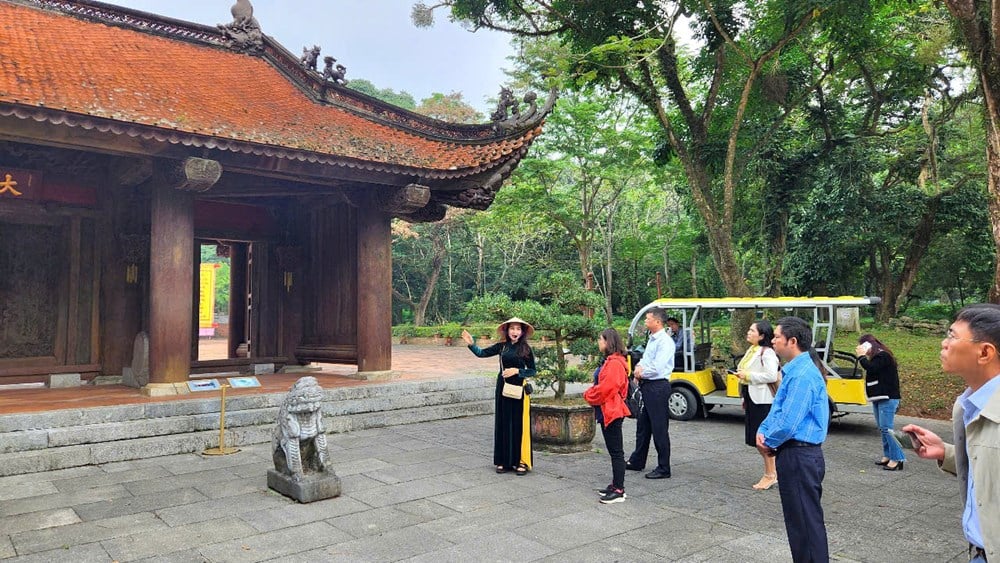
But Lam Kinh is still gradually rising, with the inherent vitality of a sacred land and the support of the entire political system. Thanh Hoa province has been actively applying digital technology in introducing and promoting relics; building a smart introduction board system; integrating QR codes for people and tourists to easily look up information, contributing to spreading the value of relics in a modern direction while still preserving the traditional identity.
In particular, Lam Kinh is being associated with the development of green tourism, spiritual tourism, cultural experiences, trends suitable for the post-COVID-19 context. Each tourist comes here not only to visit, but also to learn, to understand and to spread the message about the sustainability of national culture.
Each brick and each stone pillar in Lam Kinh seems to be telling a story of a glorious time, of a hero in plain clothes who built a career, and of a legacy that lives forever with time. And then, in the silent bell sound echoing from the ancestral temple, in the gentle breeze carrying the incense of the mausoleum, people still hear the call of history.
Preserving Lam Kinh is not just preserving a relic. It is preserving pride, preserving the roots of a nation that never bows down to cruelty, and always knows how to revive and rise from hardship.
Like the lim trees still standing tall in the middle of Lam Son land, casting a shadow over history, spreading an unmistakable Vietnamese spirit amidst the myriad of changes of the times.
Source: https://baovanhoa.vn/van-hoa/giu-hon-lam-kinh-goi-day-ky-uc-mot-vuong-trieu-156869.html




![[Photo] Panorama of the 2025 Community Action Awards Final Round](https://vphoto.vietnam.vn/thumb/1200x675/vietnam/resource/IMAGE/2025/11/15/1763206932975_chi-7868-jpg.webp)
![[Photo] General Secretary To Lam receives Vice President of Luxshare-ICT Group (China)](https://vphoto.vietnam.vn/thumb/1200x675/vietnam/resource/IMAGE/2025/11/15/1763211137119_a1-bnd-7809-8939-jpg.webp)
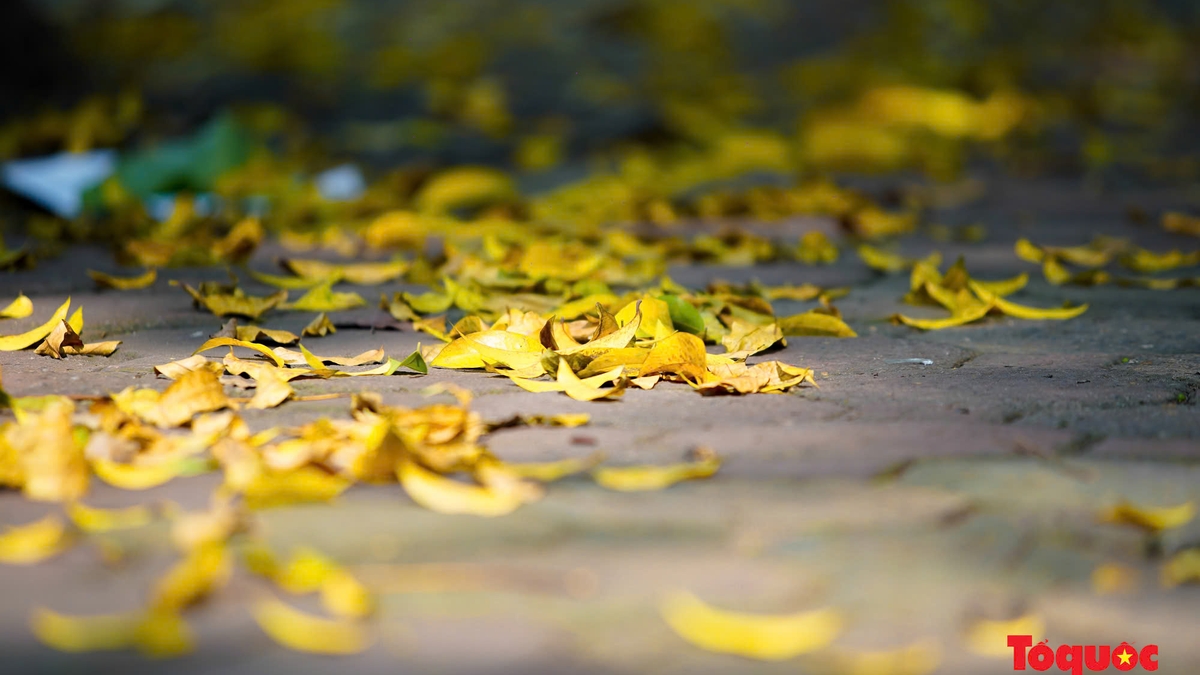
![[Photo] Prime Minister Pham Minh Chinh meets with representatives of outstanding teachers](https://vphoto.vietnam.vn/thumb/1200x675/vietnam/resource/IMAGE/2025/11/15/1763215934276_dsc-0578-jpg.webp)
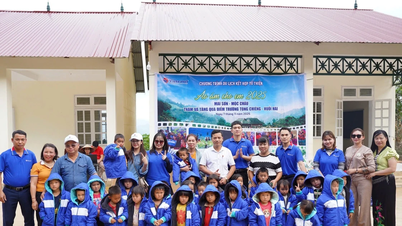

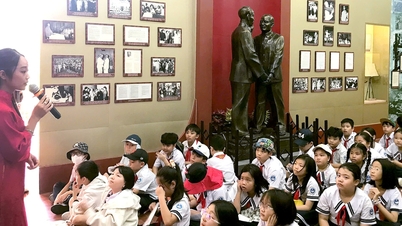

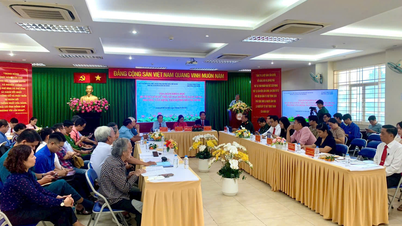

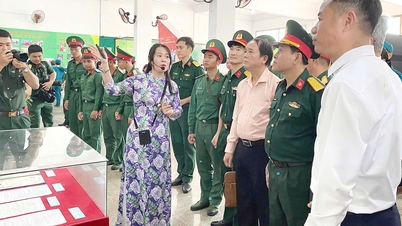

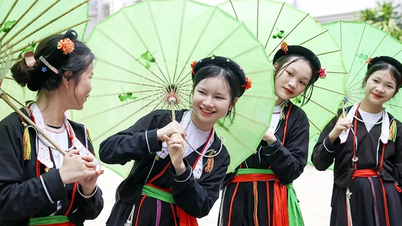

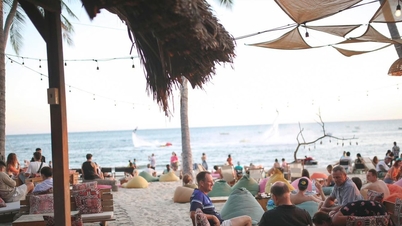

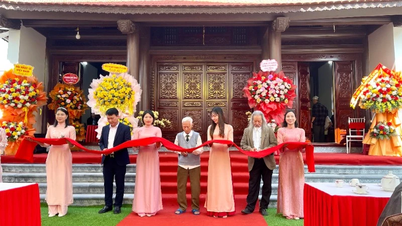
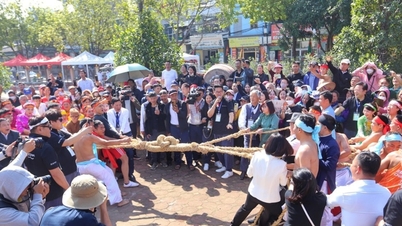

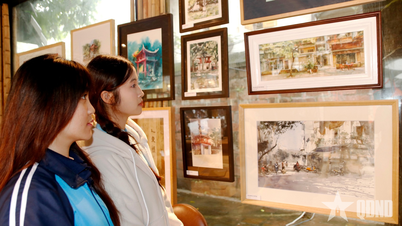
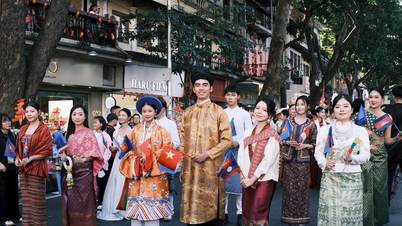
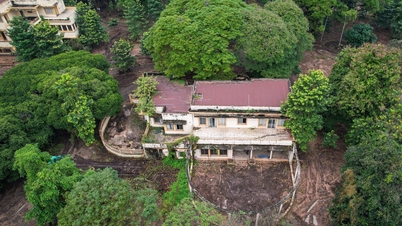

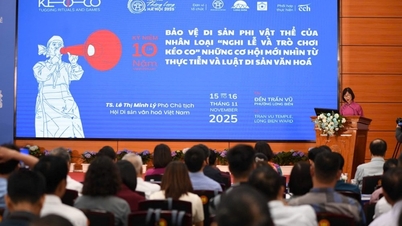






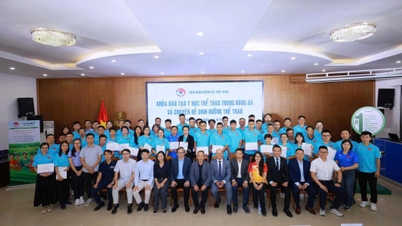
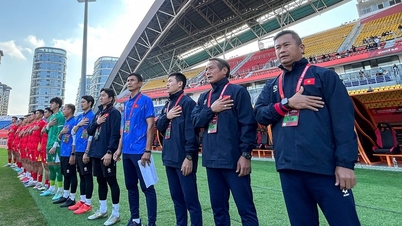


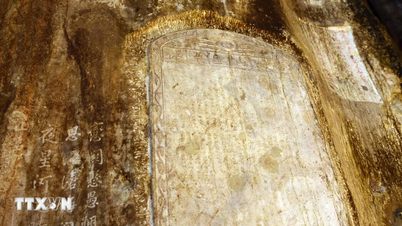

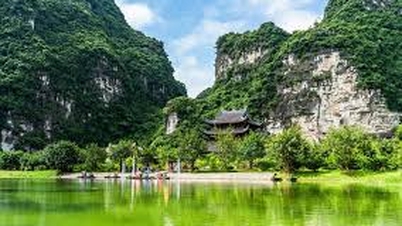

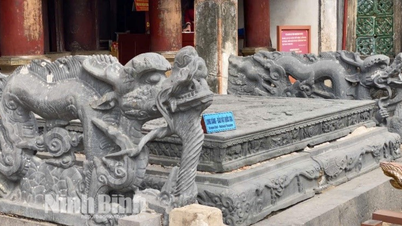
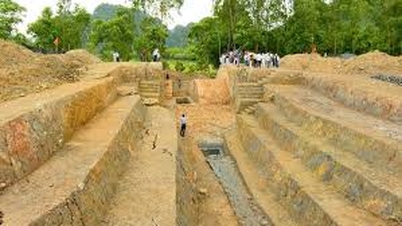

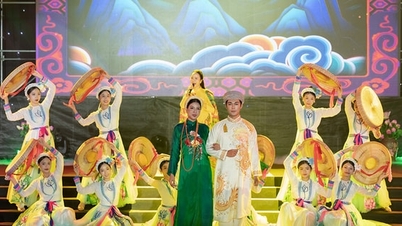








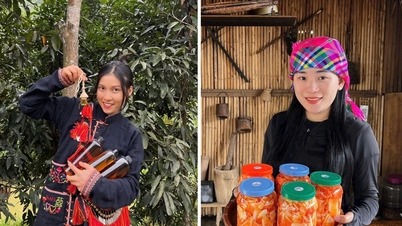





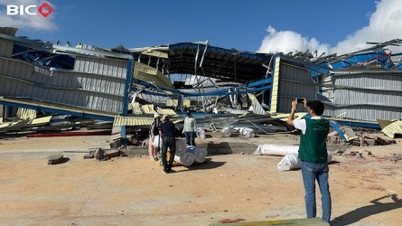

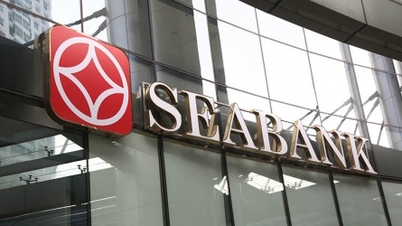





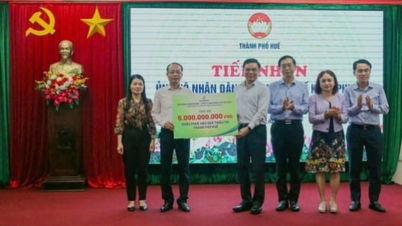





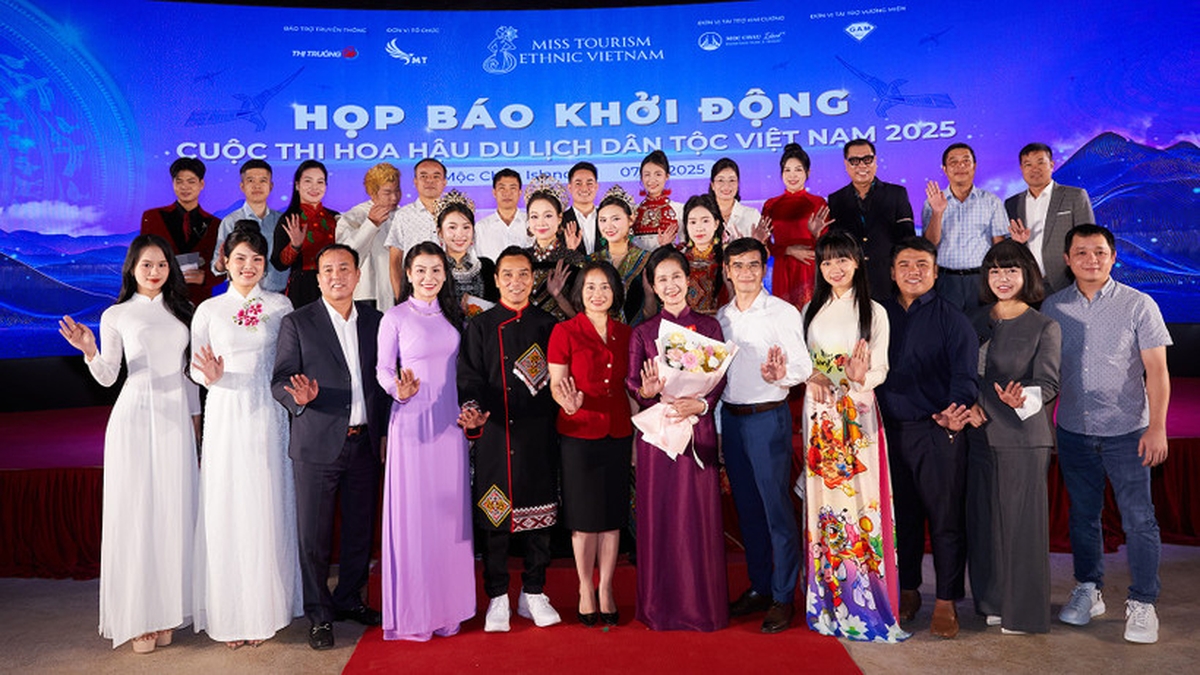
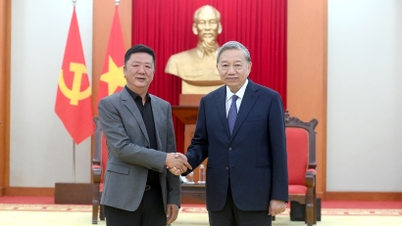
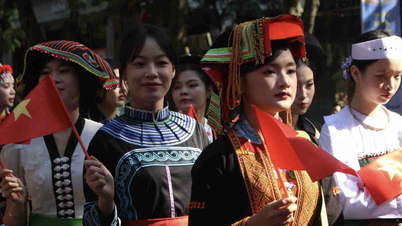



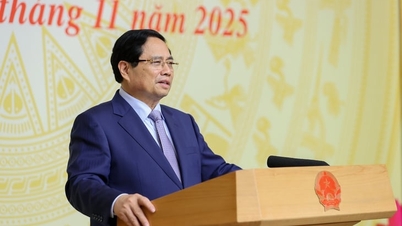



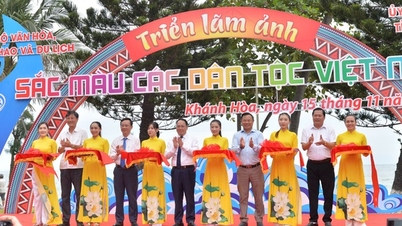

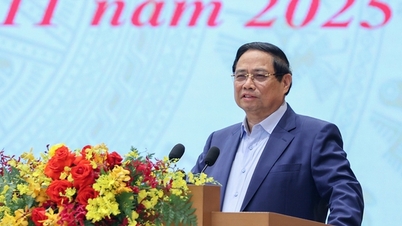

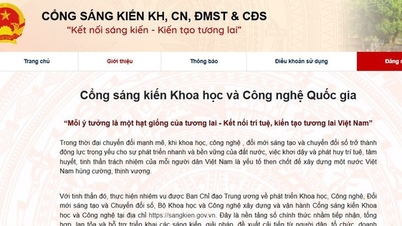











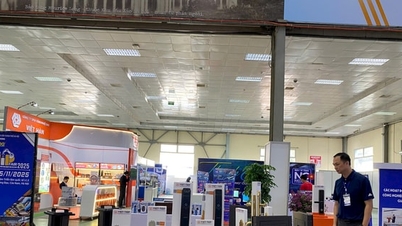
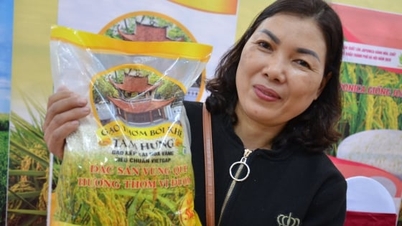
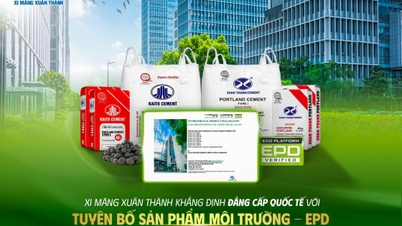








Comment (0)